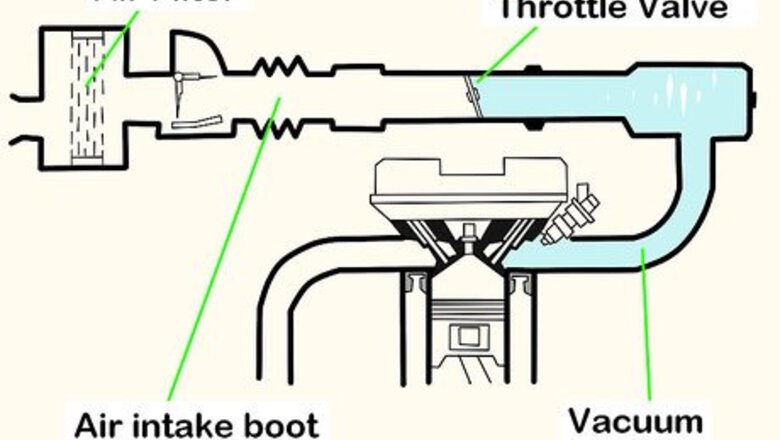
views
X
Research source
Doing a Preliminary Inspection

Consult the vacuum diagram of your engine. In order to understand where your engine's vacuum hoses are and what areas might be leaking, you can look at a diagram that details how the vacuum system works. These diagrams can typically be found in repair manuals made for your specific make, model, and year of car. Many repair manuals can be bought from online retailers or can be found online in digital form.
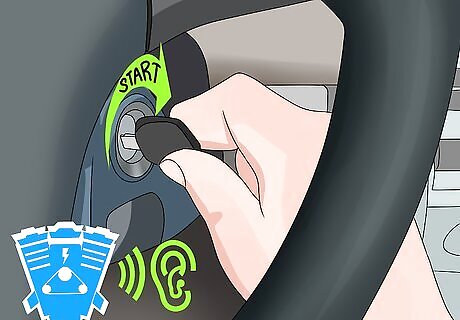
Start the car and listen for a hissing sound. When your car has a vacuum leak, the leak will often cause a hissing sound to begin. You may be able to hear it from inside the car but it is more likely that you will be able to hear it when you open the hood of the car while the engine is running. Try to pinpoint where the hissing noise is coming from. This will help you figure out where the leak is specifically.
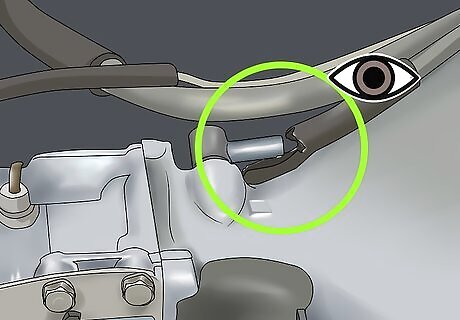
Look for detached or broken hoses. If you suspect that you have a vacuum issue its a good idea to look over the engine for obvious problems. Look for hoses that are detached on one end and hoses that are shredded or clearly cracked. If you spot a problem like this than that is likely the cause of your engine problems. The number of hoses your engine has and their locations vary widely depending on your specific engine. Use a flashlight while you are looking at your engine so that you can see as many areas as possible. Small cracks in a hose can cause a vacuum leak. A visual inspection may not be able to find this type of small leak.
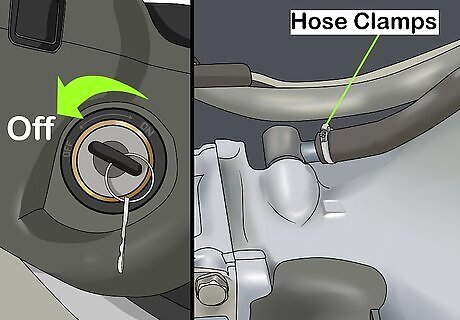
Turn the engine off and make sure hose clamps are tight. Vacuum leaks often occur at the point where a hose attaches to a solid piece of the engine. Make sure the clamps that hold the hoses onto the engine are tight. You can do this by gently moving the hose and the clamp. The clamp should not move when you pull on the hose or on it. Be sure that your engine is off and that it is cool to the touch when you do this. If a hose clamp moves, you should try to tighten it. Most hose clamps have a screw on them that tightens the clamp when you turn it. Even if you don't find a loose or damaged hose, you could still have a vacuum leak. You will just have to look further for the source of the leak.
Detecting Leaks
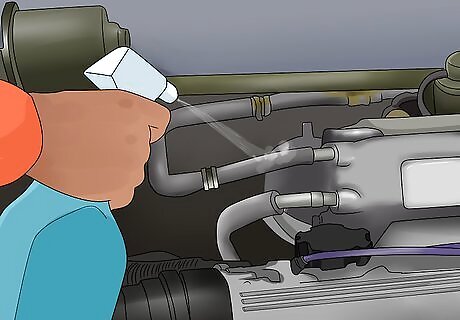
Spray soapy water on areas where you suspect a leak. If you suspect that you have a vacuum leak in a specific area, you can use soapy water in a spray bottle to see if there is a problem. Spray soapy water on the suspect area while the car is running. If the car's idle levels out after you spray the soapy water, then it is likely that it has temporarily blocked the leak. You may have to spray several times and in a variety of places to find the exact location of the leak.
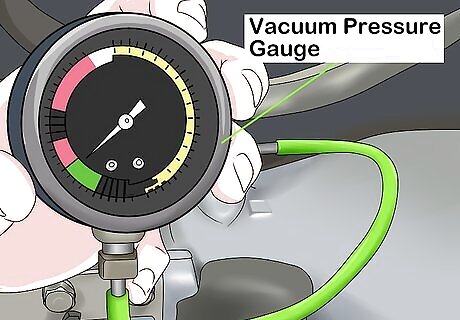
Put a vacuum pressure gauge on a suspect hose. In order to find a leak you can test individual hoses to see if they hold pressure. Purchase a vacuum gauge from your local auto parts store and hook it up to the suspect hose. Then start the car and let it idle for a few minutes. Once the car is warmed up, you can get an accurate reading on the guage. A typical care has 17 to 20 inches (43.2 to 50.8 cm) of vacuum. If your hose is reading under that, it may have a leak.

Consider going to a mechanic for help. If you have not had success finding your vacuum leak yourself, it may be time to go to a mechanic. Describe the issues you have noticed with your mechanic and allow them to diagnose the problem for you. In some cases, your mechanic will have a machine that allows them to use smoke to find the leak. They will surround the suspected problem area with smoke and look for areas where the smoke is being drawn into the engine.
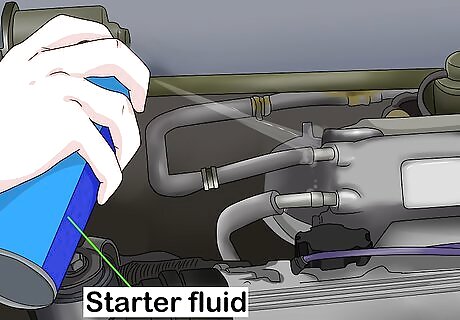
Spray starter fluid or carburetor cleaner on areas where you suspect a leak. Old school mechanics have used starter fluid or carburetor cleaner to spot leaks for years. You simply let the car idle and then spray a very small amount of the cleaner or fluid on the area where you suspect a leak. If there is a leak, the engine will run quicker for just a moment. This is because the fluid or cleaner that was sucked in has added to the fuel burning in the engine. This is a relatively dangerous method to use for finding a vacuum leak. You are spraying a combustible material into your engine while it is running. In most cases, it will work fine and will not burn outside the engine. However, if there is a stray spark or overheated area, you could cause a fire on the engine or an explosion.
Identifying the Symptoms of a Vacuum Leak
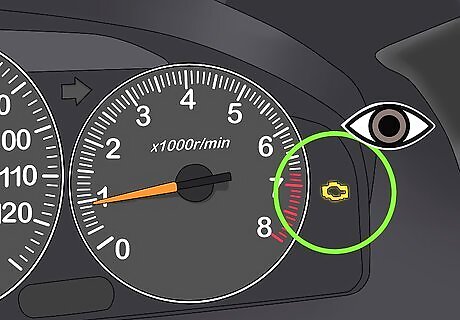
Look for your check engine light to come on. Because a vacuum leak can decrease the efficiency of your engine, it can cause your check engine light to come on. While a vacuum leak is not the only reason your check engine light will come on, it is a common one. If your check engine light comes on, you should take your car to a mechanic. The mechanic can hook up a reader to your car that communicates with the car's on-board computer. This will tell you specifically why the light turned on.
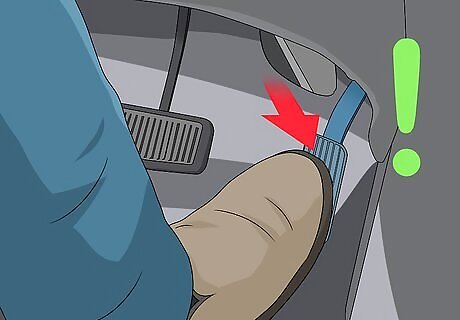
Notice if you are having a hard time accelerating efficiently. When your engine has a vacuum leak it often has a harder time moving fuel into the engine. If you are pressing down on the accelerator as hard as you always have and you are not accelerating like you used to, then you may have a vacuum leak.
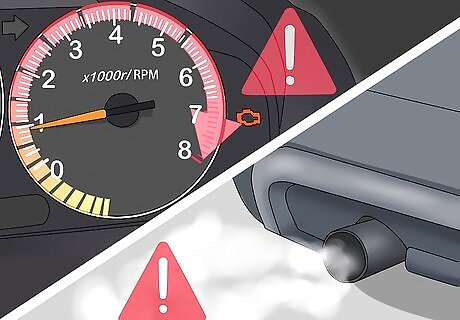
Pay attention to how your car is idling. If you have a vacuum leak in your system, your car may idle much higher than usual. You may notice that the engine sounds different than usual and it is running at a higher rpm when not in motion. This is caused by the extra air being drawn into the system. A high idle can be a symptom of other problems as well, such as a problem with your onboard computer or your throttle.
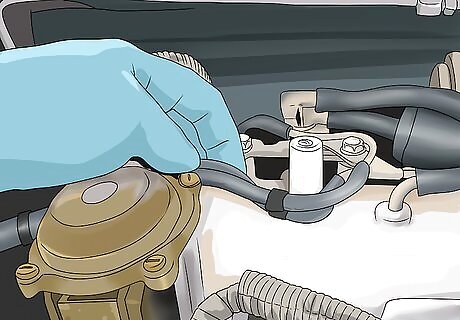
Suspect a vacuum leak if your car is stalling unexpectedly. With extreme vacuum leaks your car could cease working, and you could damage the engine. This is because your car may not be able to draw enough fuel into the motor to keep it going.














Comments
0 comment